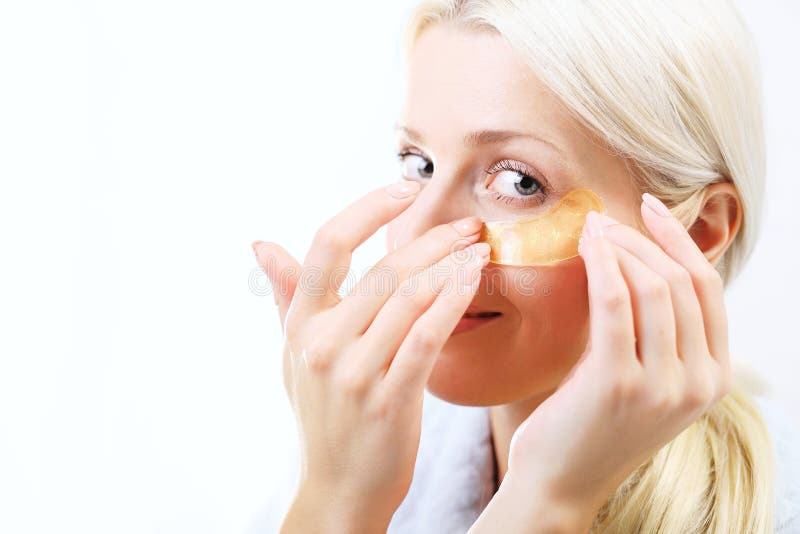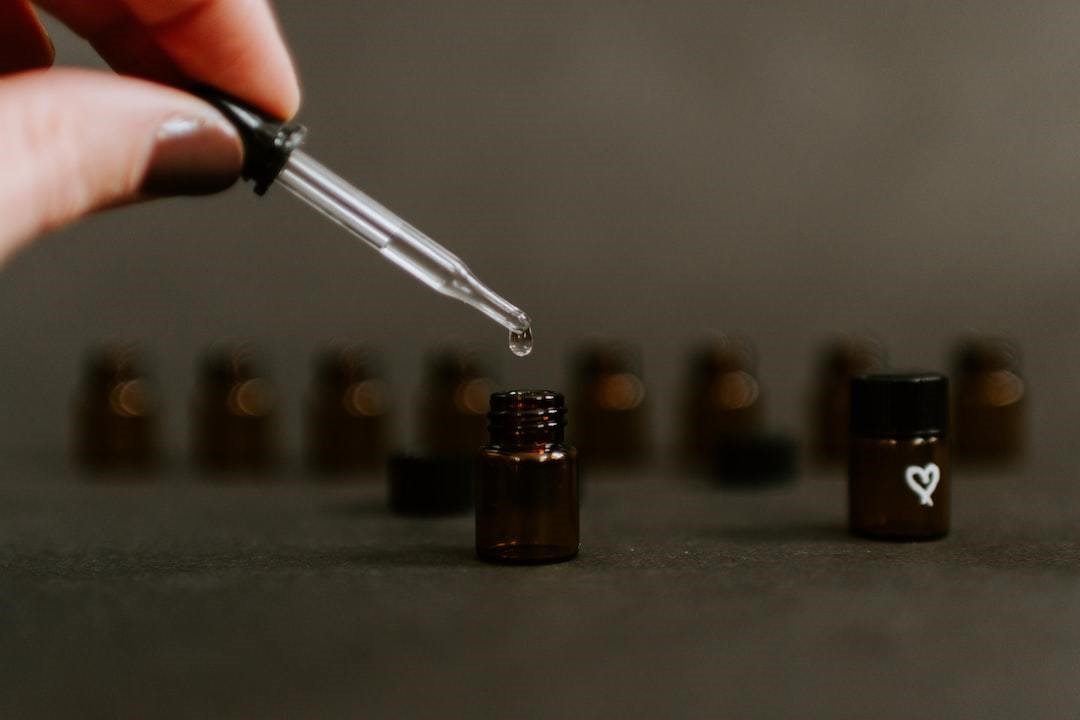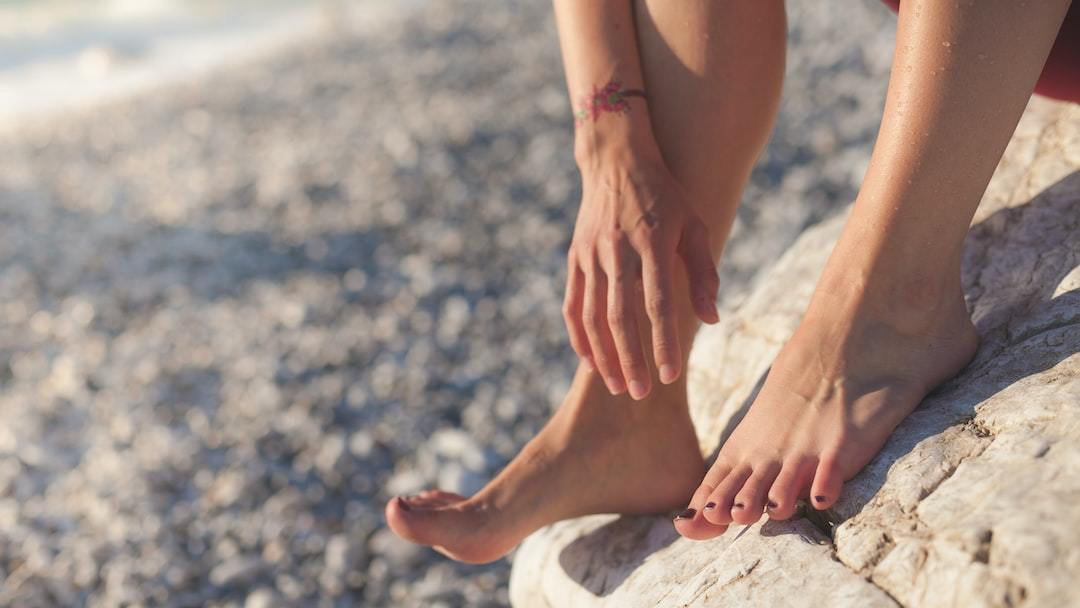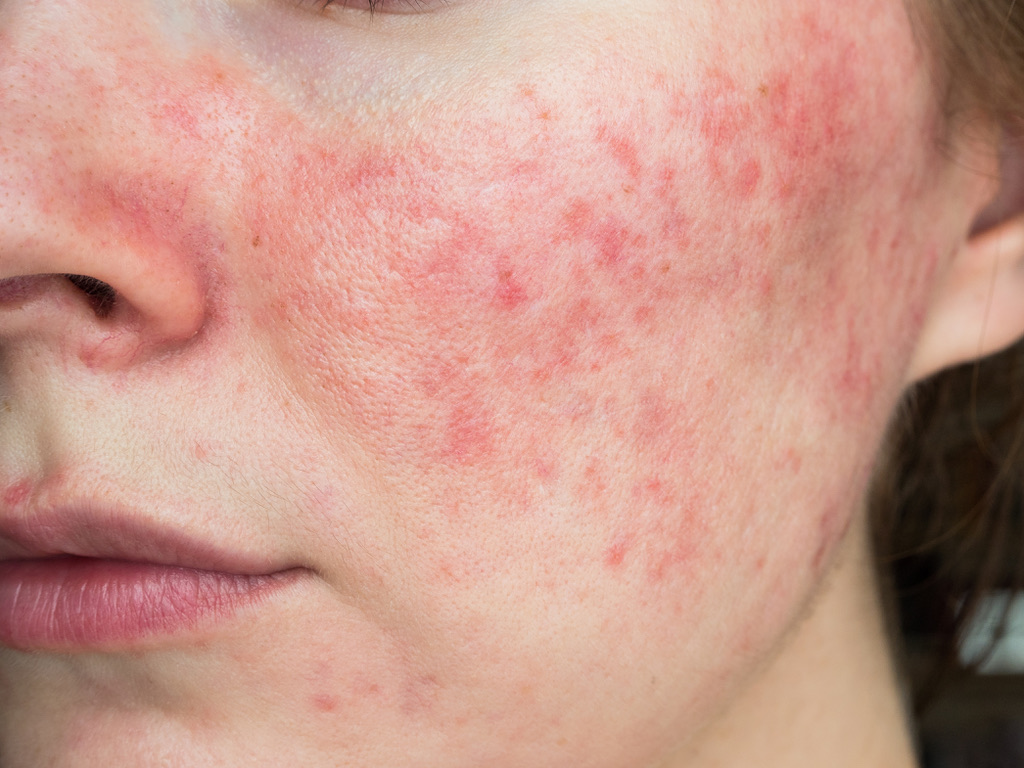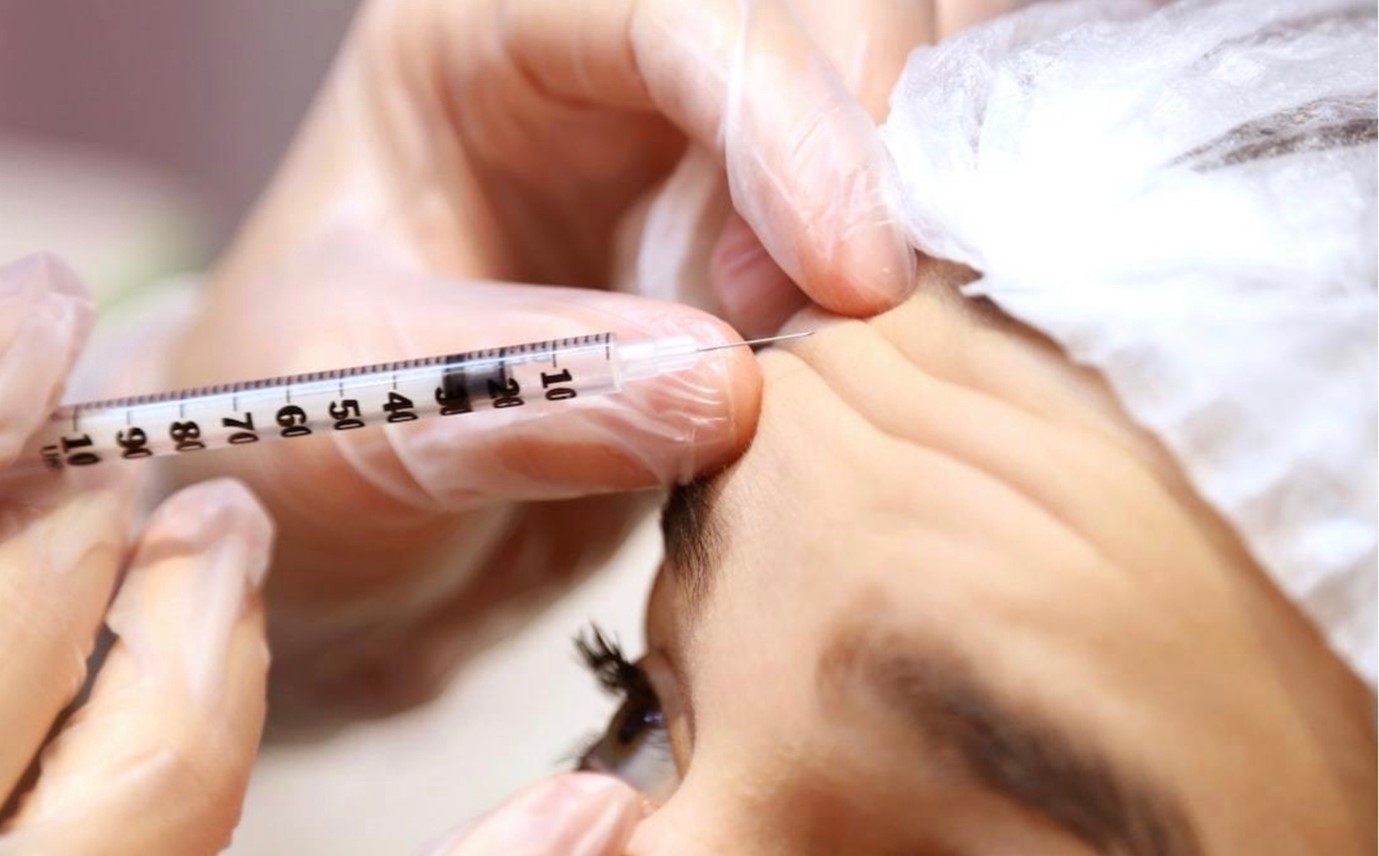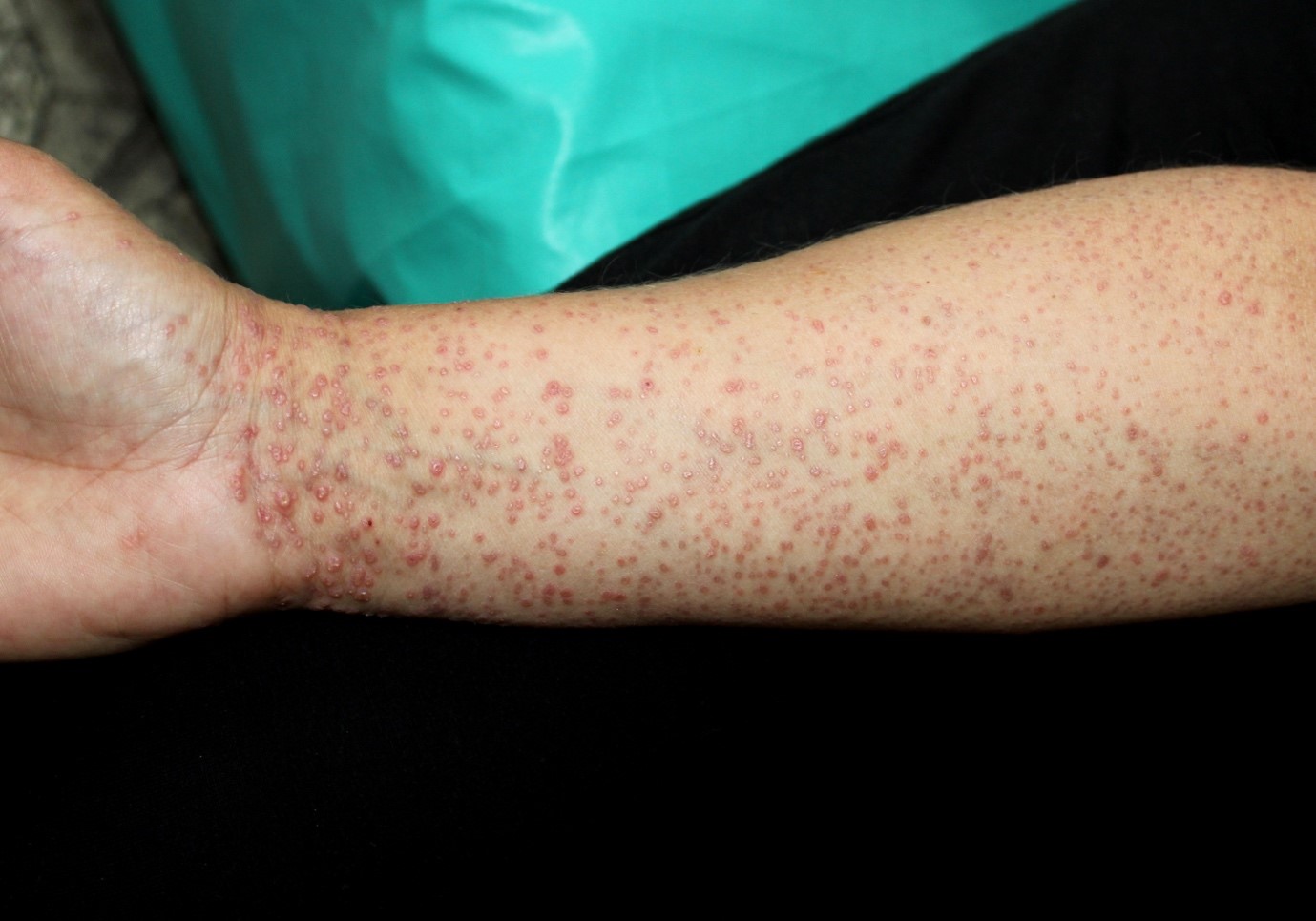Uncover the unique traits of black skin, and explore dermatology issues and treatments for common skin conditions. Start your journey to healthier skin today. Welcome to our blog post, where we’ll delve into the fascinating subject of black skin. Harley…
Call Us Now
0207 030 3370
Lines Open: 9am – 9pm | Mon – SunAward Winning
5-Star Rated Clinic
5/5




